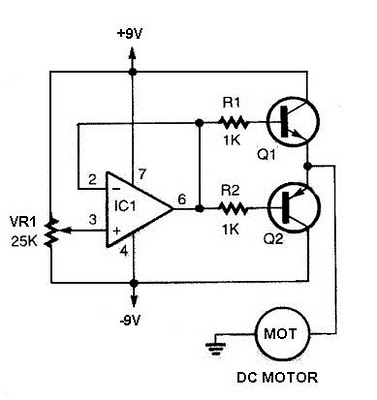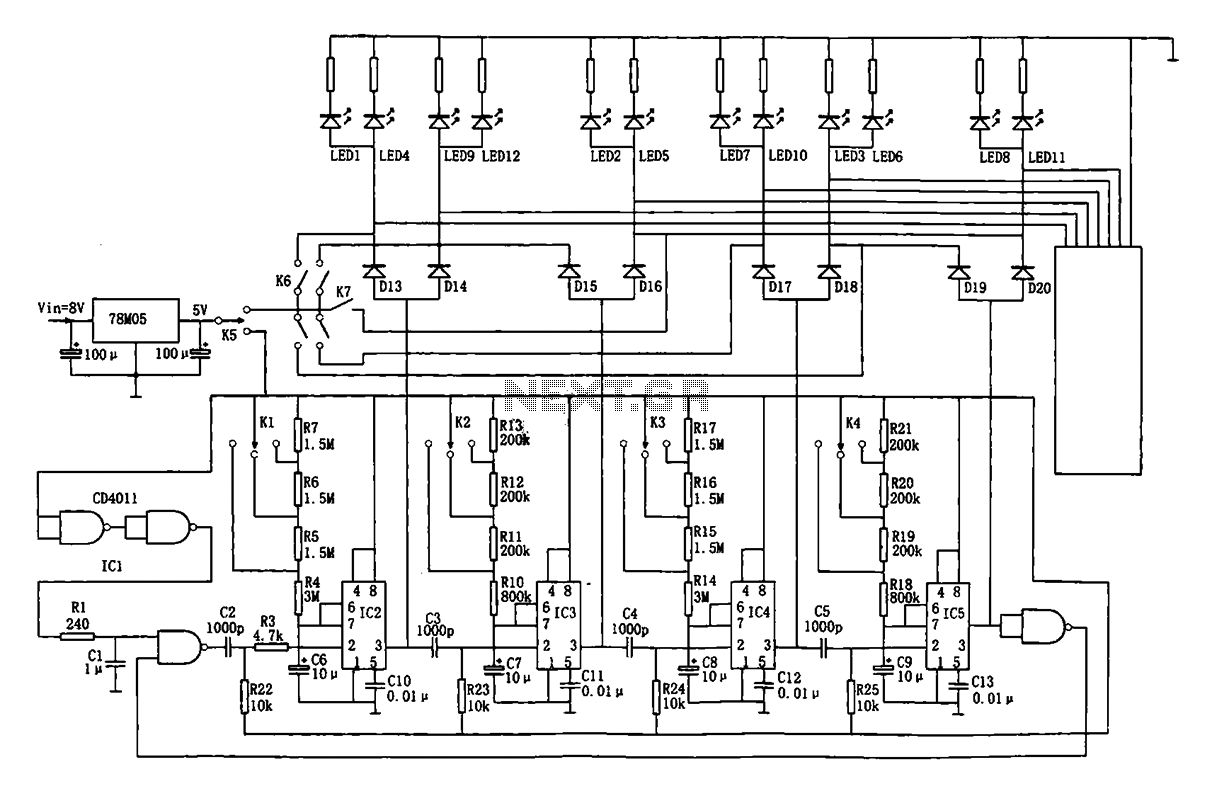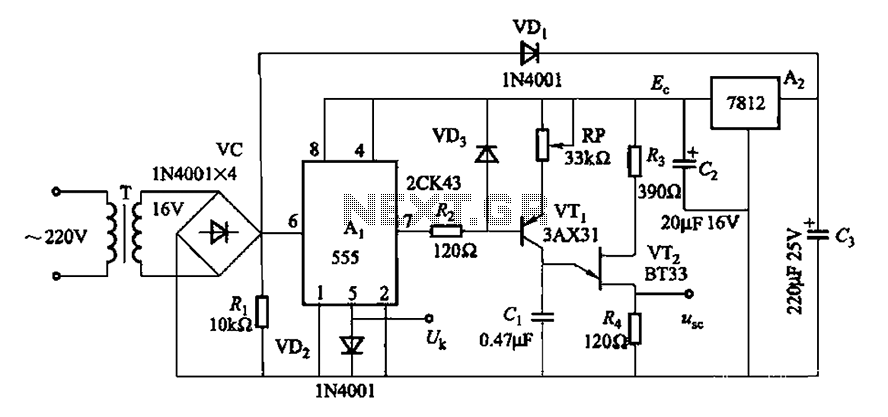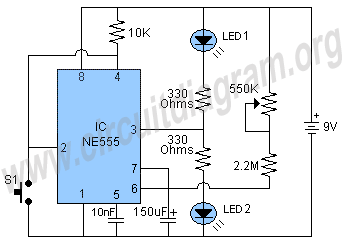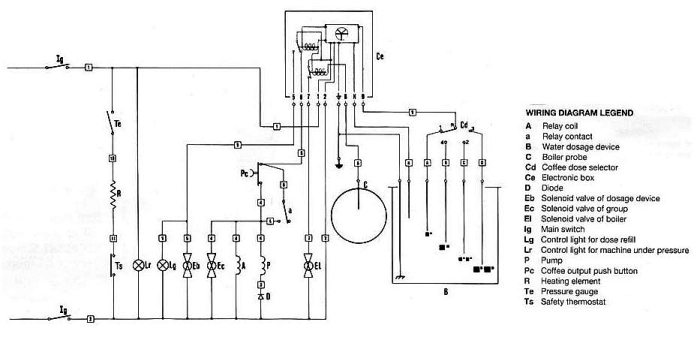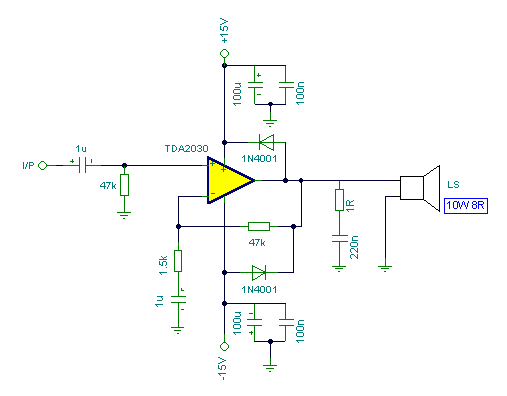
MC28332 Single Chip VHF Narrowband FM Transmitter Application Circuit
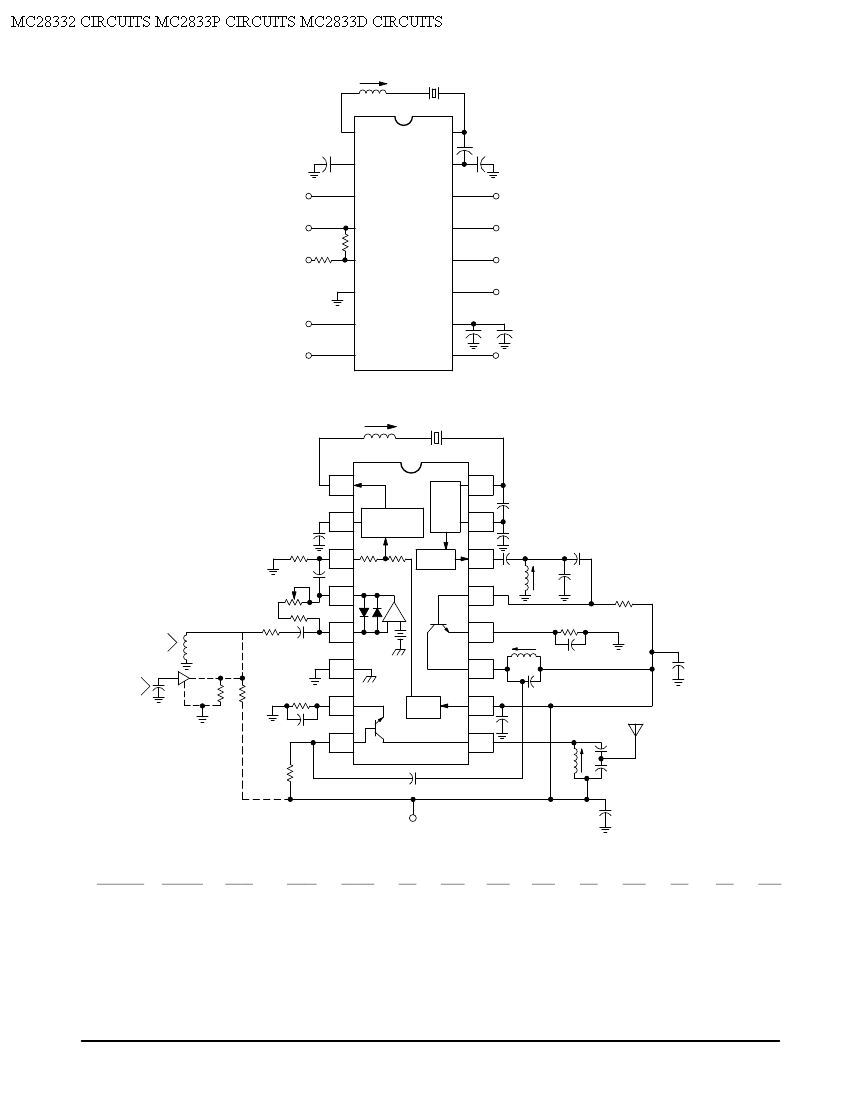
Crystal X1 operates in fundamental mode and is calibrated for parallel resonance with a load capacitance of 32 pF. The final output frequency is produced through frequency multiplication within the MC2833 integrated circuit (IC). The RF output buffer at Pin 14 and the Q2 transistor function as a frequency tripler and doubler, respectively, in the 76 MHz and 144.6 MHz transmitters.
Crystal X1 is a critical component in RF transmitter designs, particularly in applications requiring precise frequency generation. Operating in fundamental mode, it ensures stable oscillation characteristics essential for maintaining signal integrity. The calibration for a 32 pF load capacitance allows for optimal performance, ensuring that the crystal resonates accurately at its designated frequency.
The MC2833 IC plays a pivotal role in the frequency multiplication process. It takes the fundamental frequency generated by Crystal X1 and multiplies it to achieve the desired output frequencies. The architecture of the MC2833 is designed to support various frequency multiplication techniques, enabling efficient signal processing within the transmitter.
The RF output buffer located at Pin 14 is essential for interfacing the output of the MC2833 with the subsequent stages of the transmitter circuit. This buffer amplifies the output signal, ensuring that it can drive the next stage without significant loss of power or signal quality. Additionally, the Q2 transistor is employed as a frequency doubler, effectively doubling the frequency of the output signal, while the frequency tripler configuration allows for the generation of higher frequencies, specifically at 76 MHz and 144.6 MHz.
In summary, the combination of Crystal X1, the MC2833 IC, and the associated RF output buffer and transistor configurations facilitates the generation of stable and precise RF signals, making it suitable for various communication applications, including amateur radio and other RF transmission systems.Crystal X1 is fundamental mode, calibrated for parallel resonance with a 32 pF load. The final output frequency is generated by frequency multiplication within the MC2833 IC. The RF output Buffer (Pin 14) and Q2 Transistor are used as a frequency tripler and doubler, respectively, in the 76 and 144. 6 MHz Transmitters 🔗 External reference
Crystal X1 is a critical component in RF transmitter designs, particularly in applications requiring precise frequency generation. Operating in fundamental mode, it ensures stable oscillation characteristics essential for maintaining signal integrity. The calibration for a 32 pF load capacitance allows for optimal performance, ensuring that the crystal resonates accurately at its designated frequency.
The MC2833 IC plays a pivotal role in the frequency multiplication process. It takes the fundamental frequency generated by Crystal X1 and multiplies it to achieve the desired output frequencies. The architecture of the MC2833 is designed to support various frequency multiplication techniques, enabling efficient signal processing within the transmitter.
The RF output buffer located at Pin 14 is essential for interfacing the output of the MC2833 with the subsequent stages of the transmitter circuit. This buffer amplifies the output signal, ensuring that it can drive the next stage without significant loss of power or signal quality. Additionally, the Q2 transistor is employed as a frequency doubler, effectively doubling the frequency of the output signal, while the frequency tripler configuration allows for the generation of higher frequencies, specifically at 76 MHz and 144.6 MHz.
In summary, the combination of Crystal X1, the MC2833 IC, and the associated RF output buffer and transistor configurations facilitates the generation of stable and precise RF signals, making it suitable for various communication applications, including amateur radio and other RF transmission systems.Crystal X1 is fundamental mode, calibrated for parallel resonance with a 32 pF load. The final output frequency is generated by frequency multiplication within the MC2833 IC. The RF output Buffer (Pin 14) and Q2 Transistor are used as a frequency tripler and doubler, respectively, in the 76 and 144. 6 MHz Transmitters 🔗 External reference
